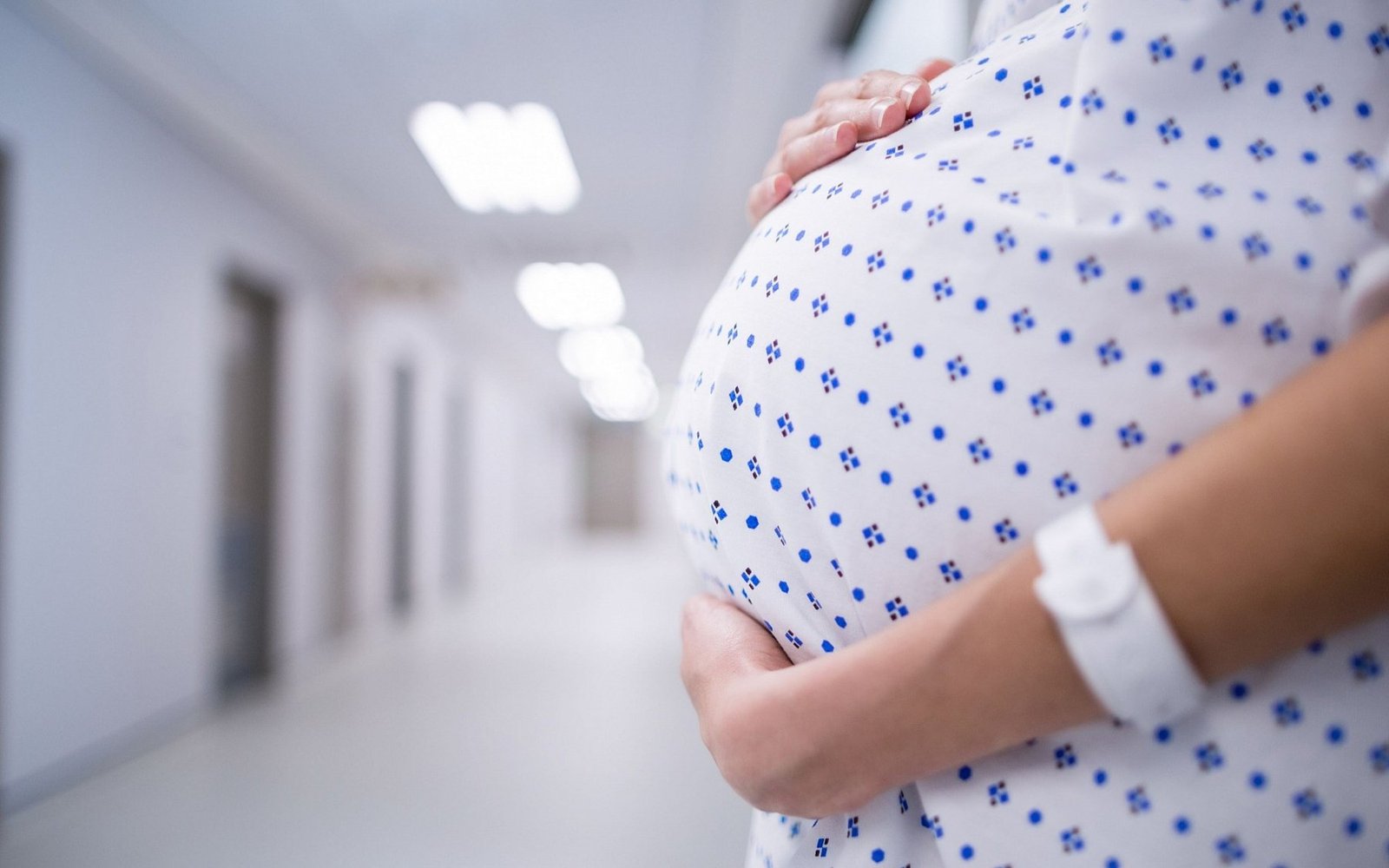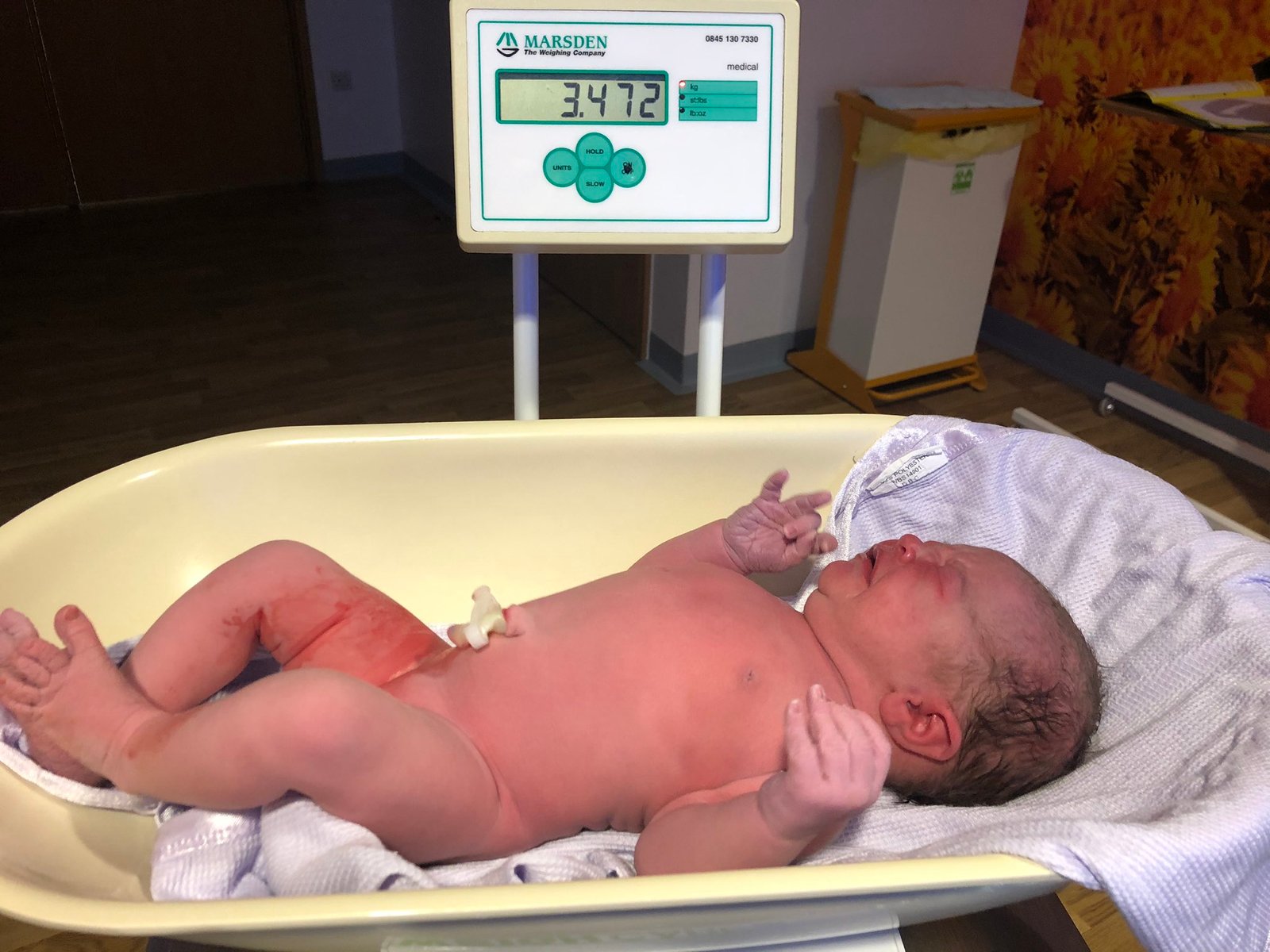Concept about APGAR score- This course is designed to understand the care of pregnant women and newborn: antenatal, intra-natal and postnatal; breast feeding, family planning, newborn care and ethical issues, The aim of the course is to acquire knowledge and develop competencies regarding midwifery, complicated labour and newborn care including family planning.
Concept about APGAR score
APGAR score
Dr. Verginia Apgar established the score to understand clinical state of a newborn & to establish proper management.
It provides therapeutic guidelines for managing an asphyxiated baby at birth It is a numerical assessment of an infant after birth on the basis of –
1. Appearance
2. Pulse
3. Grimace
4. Activity & muscle tone
5. Respiration
APGAR score
Dr. Verginia Apgar established the score to understand clinical state of a newborn & to establish proper management.
i. It provides therapeutic guidelines for managing an asphyxiated baby at birth
ii. It is a numerical assessment of an infant after birth on the basis of-
1. Appearance
2. Pulse
3. Grimace
4. Activity & muscle tone
5. Respiration.
| Signs | Score 0 | Score I | Score 2 |
| 1. Appearance (color) | Blue or pale | Body pink, limbs blue | Pink all over |
| 2. Pulse (heart rate | Nil | <100/min. | >100 min |
| 3. Grimace (response to catheter put into | Nil | Grimace, feeble cry | Cough or sneezing |
| 4. Activity and tone | Limp | Some flexion of limbs | Active movements |
| 5. Respiration | Nil | Slow, irregular | Good, crying |
Note: Total score 10
1. No depression………..7-10
2. Mild depression……………4-6
3. severe depression………….0-3
- One-minute APGAR score usually predicts immediate neonatal outcome of the baby, while 5 minute or later APGAR score is fairly predictive of future mental prognosis of such infant.
- Degree of depression is minimum when APGAR score is 8
- Increased frequency of mortality occurs when score is 0-3.
Importance of APGAR scoring system
1. It is commonly used as a quantitative measure of the newborns well-being at or around birth.
2. It is important in this case that the condition of the newborn is also recorded in the clinical note
3. It is important an accurate assessment is made
4. It is used to assess the newborns immediate adjustment to extra-uterine life
The infants are observed and cared for as follows
1. Respiration
2. Maintenance of body temperature
3. Feeding-Breast feeding
4. Care of the eye and mouth
5. Care of the umbilical cord-keep the cord clean and dry
6. Bath-cleaning of the skin, especially the buttock after passage of meconium
7. Napkins should be changed when soiled and the local part should be cleaned dry.
8. Any abnormal features and behaviors should be promptly detected and corrected.
It is way of assuring the maturity and size of a newborn at the time of birth. It helps to anticipate the problems a baby may develop.

Assess gestational age in infants
Preferably on all babies, but certainly for:
1. Babies less than 2500 gm.
2. Babies greater than 4000 gm.
3. Babies who are too ill (after stabilization of the baby’s condition).
4. Babies who are born to mothers who are sick during pregnancy or abnormal labor.
5. Babies who are preterm or post-term by dates.
Assess gestational age
Babies who are preterm (less than 37 weeks), term (37 to 42 weeks) or post-term (> 42 weeks) have certain characteristic problems. Babies who are SGA or LGA also have certain characteristic problems’ So by knowing gestational age problems can be anticipated and prevented or treated promptly.
Assessment of gestational age

The main assessment of gestational age can be carried out using approximate estimates of fetal development, these being the LMP(Last menstrual period), the estimated date of delivery (EDD), ultrasound & physical characteristic.
It is important to assess whether the baby is average for gestational age (AGA), small for gestational age (SGA) & large for gestational age (LGA).
Assessment of gestational age should be performed carefully, because neonates of particular gestational age have particular & special problems. Therefore the early detection of problems & maturity of the neonates are useful guide for appropriate management & better prognosis of
| Physical characteristics | Preterm | Transitional | Term |
| Hair texture and distribution on scalp | Wooly, fuzzy and very fine | Fine, wooly, fuzzy | Silky, black coarse and individual strants |
| Skin texture and opacity | Shiny oily plethoric, plentyof lanugo, edema with visible veins and venules on abdomen | Less shiny, peripheral cyanosis, less lanugo and veins are only found on abdomen | Pink, scanty lanugo and only large veins are seen. Good elasticity or turgor |
| Breast nodule and nipple formation | Breast tissue less than 5 mm on one or both sides. Nonipple in present | Breast tissue 5-10 mm Nipple present but not raised | More than 10 mm diameterbreast tissue and nipple raised above skin level |
| Ear cartilage | Pinna feels soft with no cartilage and no recoil | Some cartilage present andsome recoil | Pinna is firm with definite cartilage and instant recoil |
| Planter creases | Faint red marks over anteriorpart of sole or may be absent | Creases seen over anterior 1/3 to 1/2 of sole | Entire sole covered with deepcreases |
| Genitalia – Male | Scrotum small with no or fewrugae and light pigmentation. Testis usually not descend or in inguinal canal | Scrotum with some rugae and testis in the inguinal canal | At least one testis descends in the scrotum. Prominent rugae and deep pigmentation |
| Genitalia-Female | Labia majora widely separated with prominent labiano minora and clitoris | Labia majora partially cover the labia minora | Labia majora completely cover the labia minora and clitoris |
Transitional assessment during the period of reactivity
Assessment of newborn is done during & after the transitional period. The nurse determines that the infant is physiologically stable by skilled examination & assessment of the infant’s general appearance, the thermoregulatory effort & different body systems. period of reactivity:
1. First period of reactivity (6-8) hours after birth-During the first 30 minutes the infant is very alert, cries vigorously, may suck a first greedily & appears very interested in the environment. After this stage, infant enter the second stage of the first reactive periodn which generally last 2-4 hours. The infant is in a state of sleep & relative calms. There is a minimal response to the stimulation.
2. Second period of reactivity – It begins when the infant wakes from this deep sleep. It lasts about 2-5 hours. The infant is again alert & responsive. This period is usually over met when the amount respiratory mucous has decreased.
3. Following this stage is a period of stabilization or physiological system & a vacillating 12 pattern of sleep & activity.
Large for gestational age (LGA)
An infant whose fetal growth was accelerated and whose size and weight at birth fall above the ninetieth percentile of appropriate for gestational age infants, whether delivered prematurely, at term, or later than term.
- Large for gestational age (LGA) or laree for date (LFD): Birth weight > 90th percentile for that period of gestation

Small for gestation age (SGA)
An infant whose weight and size at birth fall below the tenth percentile of appropriate for gestational age infants, whether delivered at term or earlier or later than term.
- Small for gestational age (SGA) or small for date (SFD): Birth weight < 10th percentile for that period of gestation.
Read More.
